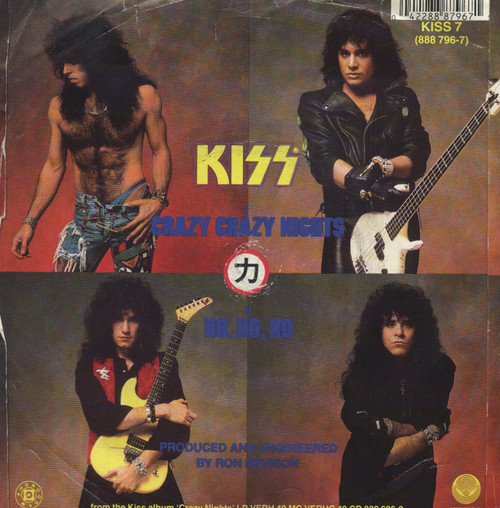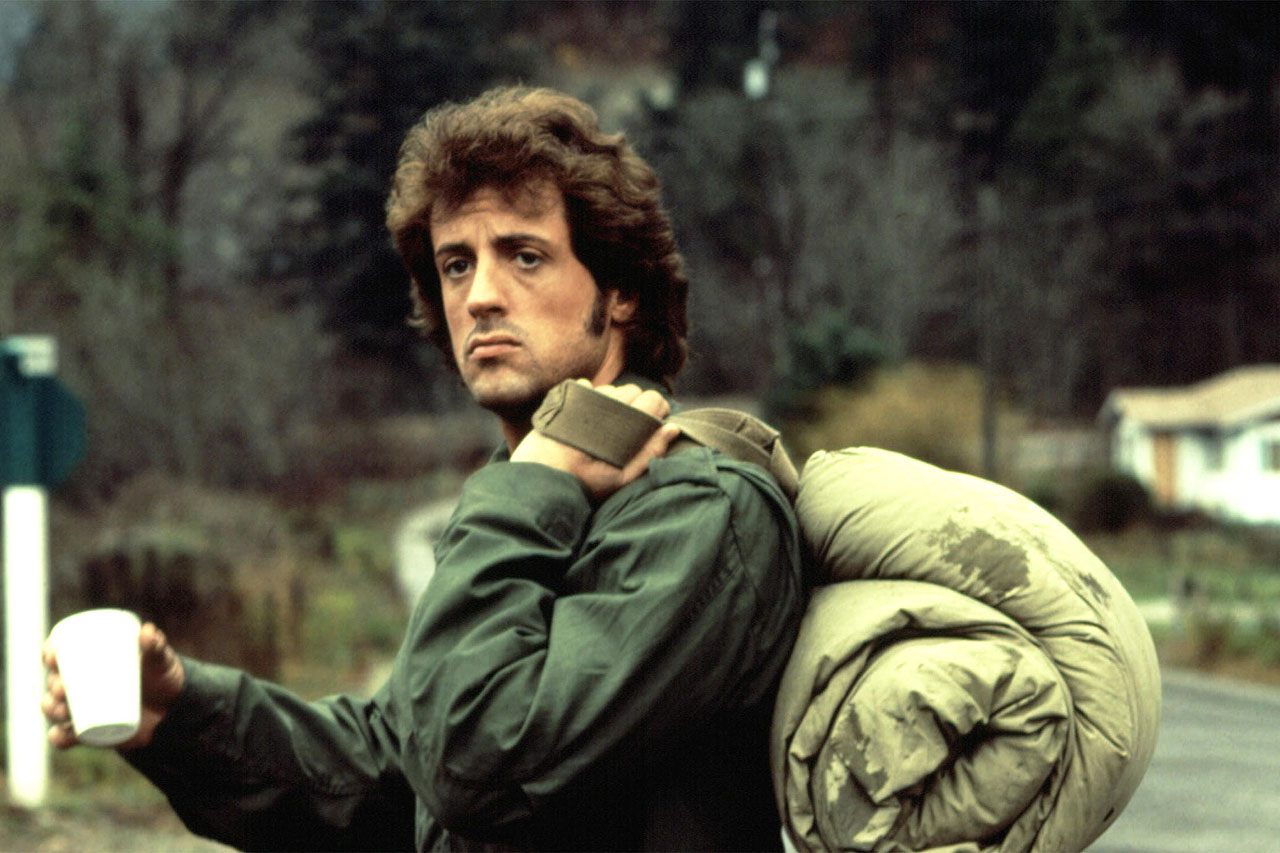"Wonder had gone away, and he had forgotten that all life is only a set of pictures in the brain, among which there is no difference betwixt those born of real things and those born of inward dreamings, and no cause to value the one above the other." --H.P. Lovecraft, The Silver Key
Friday, April 29, 2022
My top 5 Frank Frazetta paintings
Wednesday, April 27, 2022
On suspect art, sword-and-sorcery, and good storytelling
Saturday, April 23, 2022
Defending 80s KISS
 |
| Big hair, and hair shirts. |
Needless to say I don’t agree with this argument, and push back hard on it. I would never compare KISS to Led Zeppelin, The Beatles, The Rolling Stones, nor even the better metal acts (Maiden, Priest). But nor would KISS, frankly. They’re a party rock band who happened to do that type of music as well or better than anyone. They know this, we know this, we’re all in on it together. And having fun.
I started listening to KISS somewhere around the dawning of my interest in rock music, 1987 or so, circa my freshman year in high school. The first KISS album I ever owned was Crazy Nights. By then, KISS had long been out of makeup, shorn away two members of the original band (and a few others like Mark St. John and Vinny Vincent had also come and gone). In place of fan favorites Peter Criss and Ace Frehley were Eric Carr and Bruce Kulick.
I knew KISS from the likes of Beth and Rock and Roll All Nite, but it wasn’t until 1987 and Crazy Nights that I became a true fan. So, I categorically reject the argument that KISS is a gimmick who roped in kids with the makeup. I’m sure that occurred in some instances, but come on, be serious—how long can that infatuation and shock stage possibly last? A year, three, 10? Surely not 50 years. A wave of trash bands with more shock and awe came along in KISS’ wake, and today no one remembers them. Underneath it all, KISS wrote a lot of good, straightforward rock-and-roll that kept the fans coming back. Simple stuff, yes. But if writing commercial rock hits were easy everyone would be doing it.
KISS was of course awesome in the 70s, taking a rocket ride straight to the top with the likes of KISS Alive. They were on lunchboxes, comic books, even starred in a terrible made for TV film (KISS Meets the Phantom of the Park). And, underneath the limousines and seven-inch leather heels, they wrote some of their best material in the 70s. Hard rock hits like Parasite, Strutter, Deuce, and Detroit Rock City, were great then and still are. Everyone loved KISS in the 70s—how could you not?
I do too. But, I’ve always had a soft spot for 80s KISS. Maybe it’s the nostalgia of my Crazy Nights tape, which I still have by the way. Maybe it’s one too many beers in the 90s, or in general a suspect taste in music.
Possibly, but I don’t think so.
I actually think KISS peaked musically in the mid-80s. Eric Carr was without question a better drummer than Peter Criss. Ace Frehley is an underrated talent who wrote some iconic solos and hooks, but Kulick can play, and at this point was far more disciplined in his craft than the dissolute Frehley. KISS was also facing much stiffer competition from younger, more energetic bands like Van Halen, and had to step up their game. To its credit KISS delivered with some awesome music in the 80s.
I’m going to leave one example, right here.
I love this song. Paul sounds phenomenal. In the 80s he grew fully into this voice. This was his best decade vocally. The guitar tone is perfect. The deep backing chorus is magnificent. The lyrics are what I want—empowerment, girl you messed up when you left me ‘cuz I’m the best, stuff I wanted to hear then, and still has a place now. It’s got power and punch. It’s better than just about anything you’ll hear on the radio these days but that’s not saying much, either.
I could go on and on with further examples. A few others: Creatures of the Night, War Machine, Lick it Up, Fits Like A Glove. KISS had it going on.
KISS was undoubtedly less popular in the 80s, ceding space in the limelight to the likes of Def Leppard. By the turn of the decade they already seemed a little old, perhaps a little out of touch. And they hurt themselves with a pair of turkeys out of the gate (I like a couple songs off 1980’s Unmasked and the ill-fated The Elder (1981), but no fan would call these largely lousy efforts their finest hour). But, for those who kept listening, after some initial stumbles they soon started putting out some really good material. It started with Creatures of the Night (1982), which holds up as an outstanding example of 80s hard rock/nosing up to heavy metal. I think it’s one of their best albums, ever. KISS continued to crush it on Lick It Up (1983), which got big props from the likes of Kerrang. Animalize (1984) was a step back, but who doesn’t love “Heaven’s on Fire” and the terribly underrated “Thrills in the Night,” one of my favorite all-time KISS tracks? Asylum (1985) had “Tears are Falling” and “Who Wants to be Lonely.” (“Uh! All Night,” a song about as subtle as a Penthouse centerfold, is embarrassing, but not really). Then of course came 1987s Crazy Nights, with its rousing anthemic title track, “Reason to Live” and my favorite, “Turn on the Night.” Which still makes it into my regular rotation when I want to hear KISS.
KISS closed out the decade with Hot in the Shade (1989), which I don’t think holds up as well as the previous albums I’ve listed, a bit of whimper to be honest, but since I danced with my wife to “Forever” at our wedding, because of “Hide Your Heart” and “Rise to It,” AND because it was the first tour on which I saw KISS, it still holds a soft spot in my hard heart.
So there you go. 80s KISS. You probably won’t find too many riding out to the defense of the band in the decade of excess. I can’t defend the most garish of Paul’s outfits (green sleeve gloves and tight white jeans?), his trapeze acts, or Gene’s hair. But their music? Yeah, I’ll defend that.
Friday, April 22, 2022
First Blood, David Morrell
 |
| Don't push it, or I'll give you a war you can't believe. |
 |
| I have this edition... but not the knife. |
Sunday, April 17, 2022
Some scenes from Uncle Eddie's
 |
| We did not plan matching outfits... |
 |
| The dumpy charm of Uncle Eddie's... |
 |
| Ready to rock. |
Friday, April 15, 2022
British steel on the docket tomorrow night
Uncle Eddie's Oceanside Tavern is probably not a place you want to bring a first date. Or a female in general. Unless she is OK with spilled beer, loud music, and the occasional bar fight that spills into the streets of Salisbury MA.
Or happens to like British steel.
I can't wait for this. Maiden and Priest are my two favorite heavy metal bands of all time. And typically these tribute acts go deep on the cuts, deeper than the original bands themselves who have to appease mass audiences, fake fans who only know and demand to hear a handful of hits.
I'm hoping for "Steeler," "Rapid Fire," "Dreamer Deceiver," or "Starbreaker" out of The Hellion. Maybe Maiden New England will dip into the likes of "Prowler," "Burning Ambition" or "Judas Be My Guide."
Who knows. Regardless, it will be fun, I'm sure. I need a metal fix and I'm about to get it, double-barreled.








